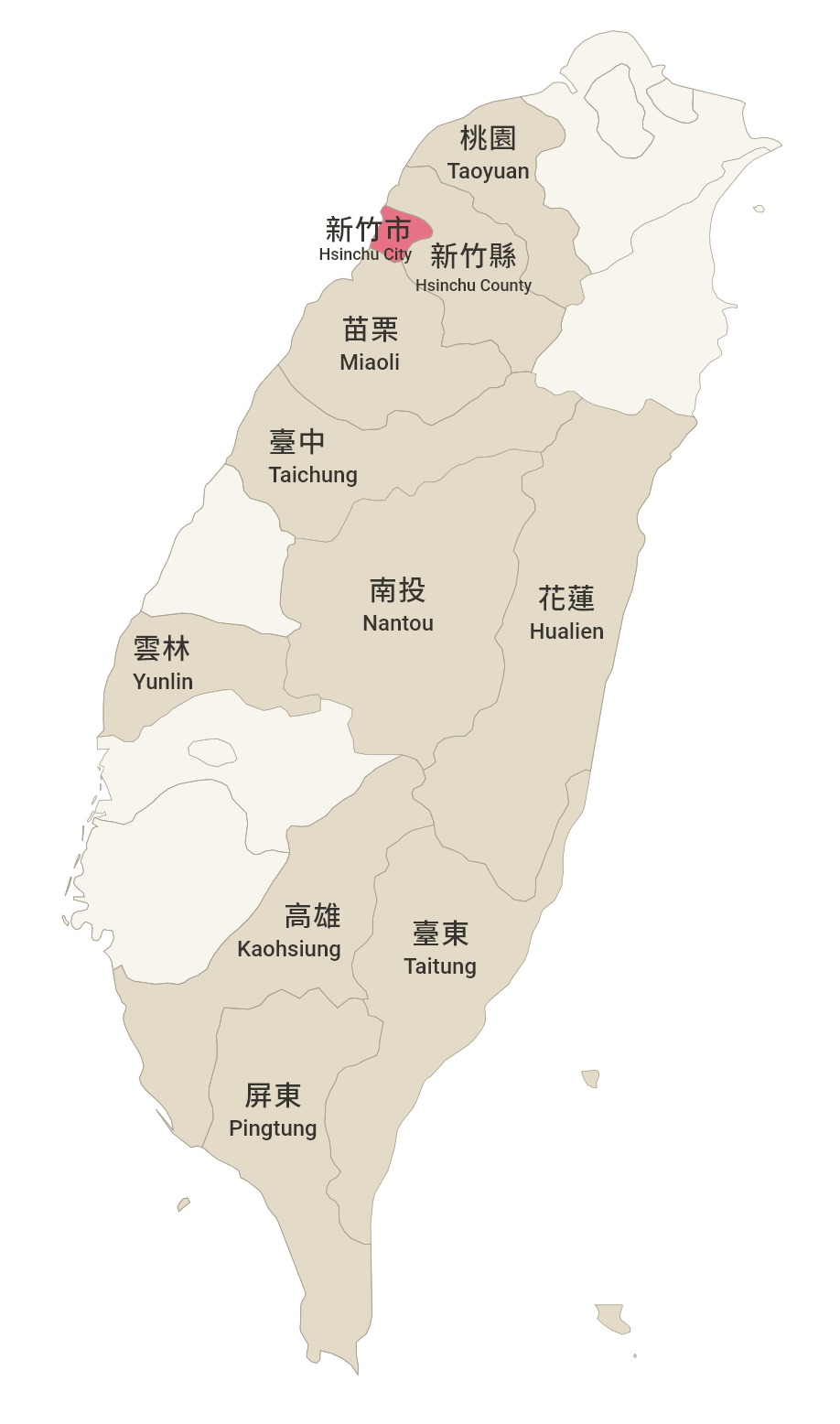Average
In Hsinchu City's East District, where one-third of the population is Hakka, you'll find two prestigious universities, National Tsing Hua University and National Yang Ming Chiao Tung University, as well as the Hsinchu Science Park. This area is a vibrant blend of cultural richness and technological excellence, making it a key area for the development of Hakka culture. The Hakka settlement of Fengkong Community is home to several hundred-year-old camphor trees, including the oldest camphor tree in Hsinchu City, and multiple Earth God (Bogong) temples. When the high-speed rail was being constructed, the route was altered to respect the Hakka community's wishes, preserving the traditional Hakka architecture and Bogong temples. Near the Hsinchu Science Park, a temple was established when land was acquired for the construction of factories in the science park. Passionate individuals gathered and relocated six scattered Bogong statues to this temple. Today, it’s not only a religious center for the Hakka people but also a spiritual refuge for science park employees and students.
- Located near Hsinchu's rear train station, Heijinting was historically a place for train turnaround, maintenance, and repairs. Though no longer in use, it is steeped in the rich history and stories of Taiwan Railways. This area is inhabited by both Minnan and Hakka people, and a walk through its alleys reveals traditional red-tiled houses, old grocery shops, and a hundred-year-old well behind Zhulian Temple.
- Located within the Hsinchu Science Park, Kaitai Jinshan Temple is a historic temple preserved as a national monument amid the development of the park. This single-entry, three-bay, courtyard-style temple with side wings is dedicated to Guanyin, the Goddess of Mercy. Completed in 1860, the food table column at the front of the temple was used for offering food to wandering souls. The bullet holes on the column from the 1895 Japanese invasion of Taiwan make it a valuable cultural and historical artifact.
- East Gate (Yingxi Gate) is the only remaining gate tower out of the original four gates of Hsinchu. The two-story tower was renovated in 1999, preserving its ancient walls while adding modern features like a poetry wall, light sculptures, a glass bridge, a river channel art gallery, and a riverside park. This blend of traditional and modern technology makes it a historical monument and a popular leisure spot and landmark in Hsinchu.

